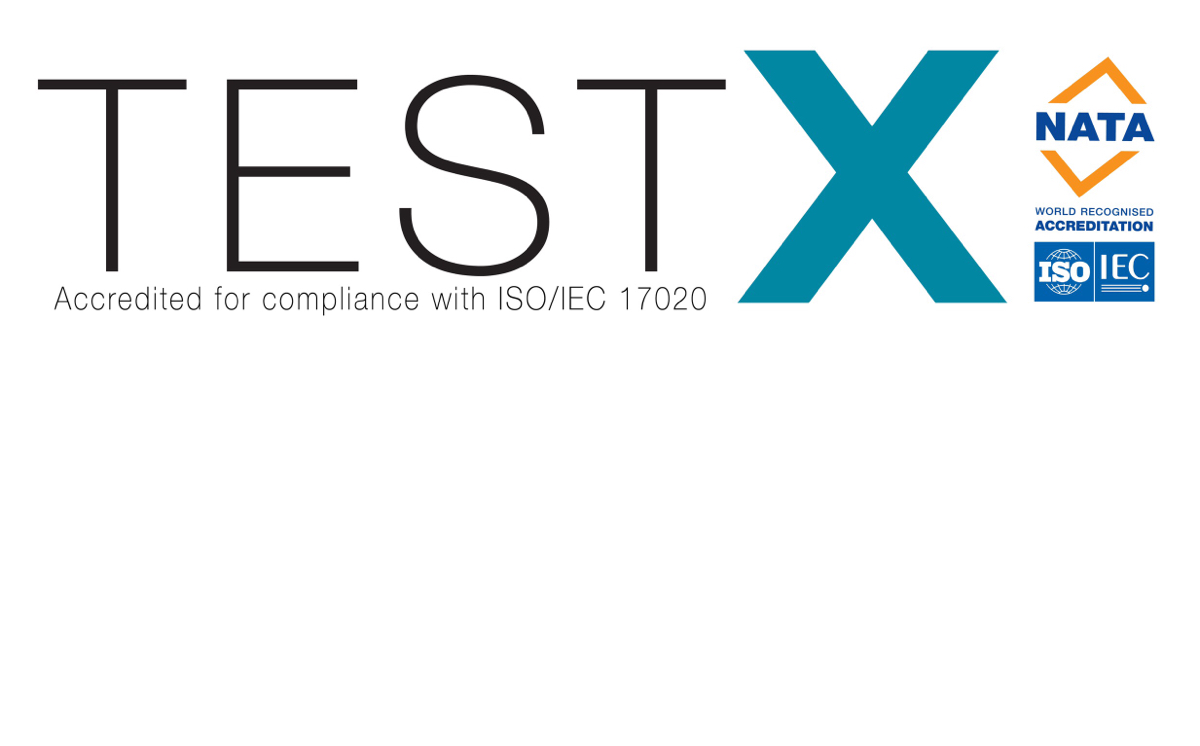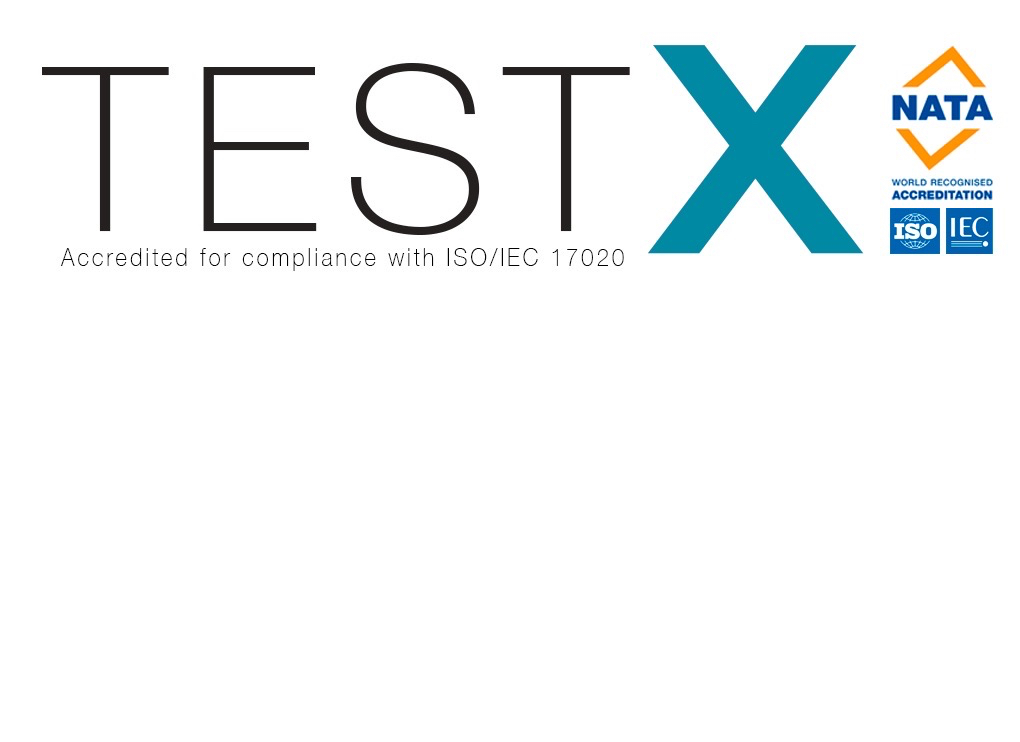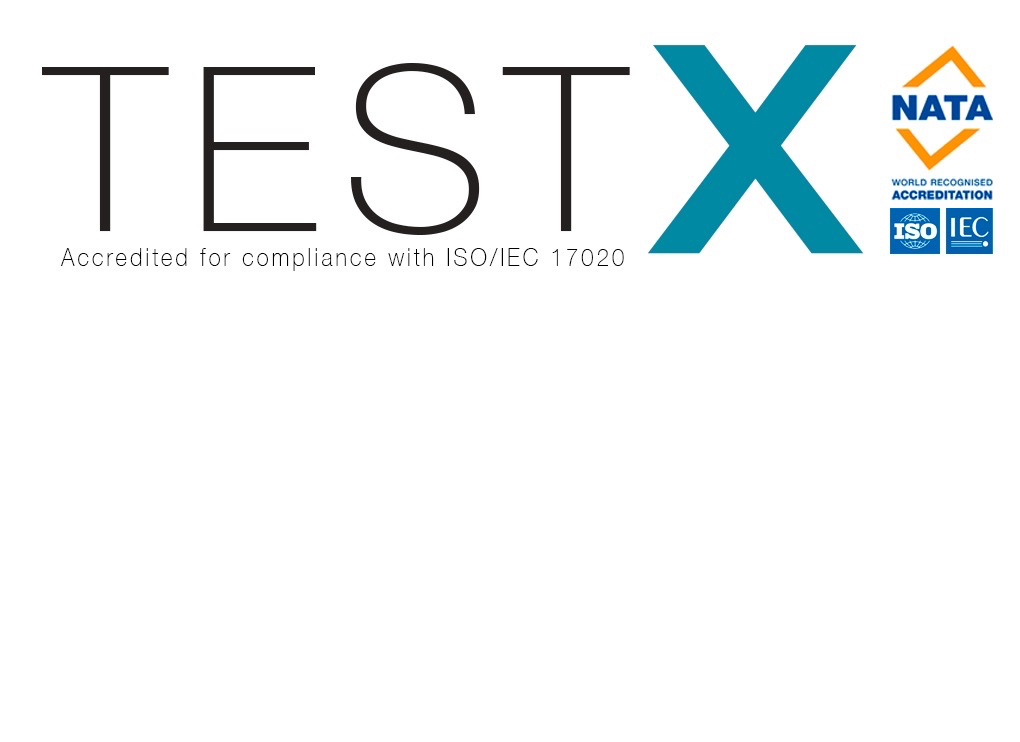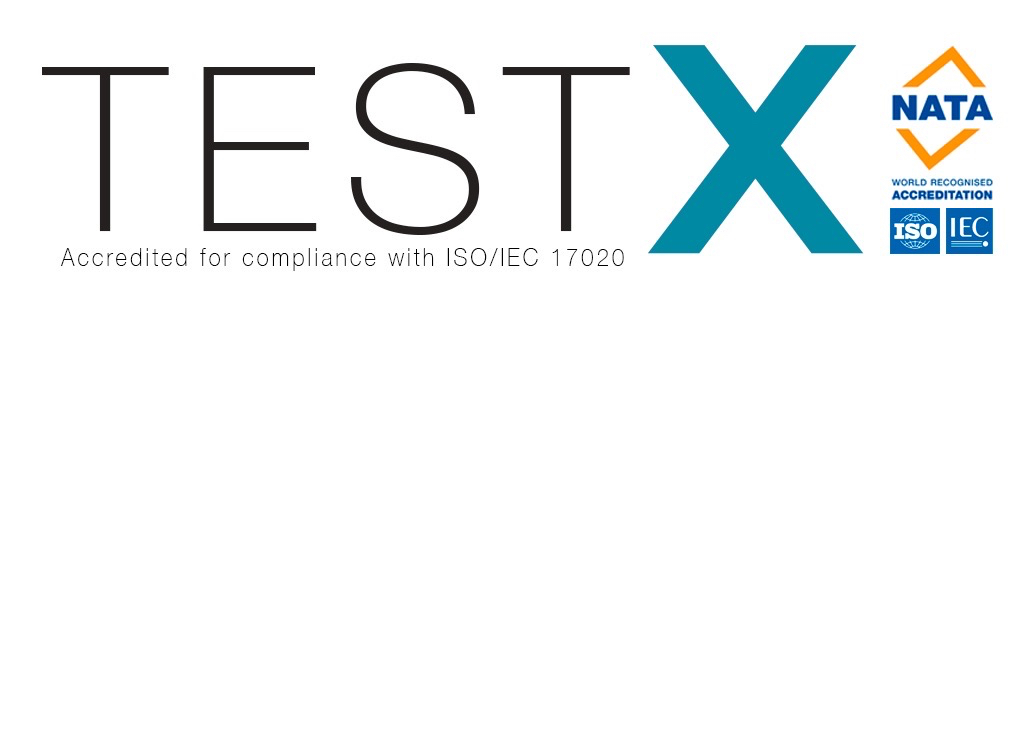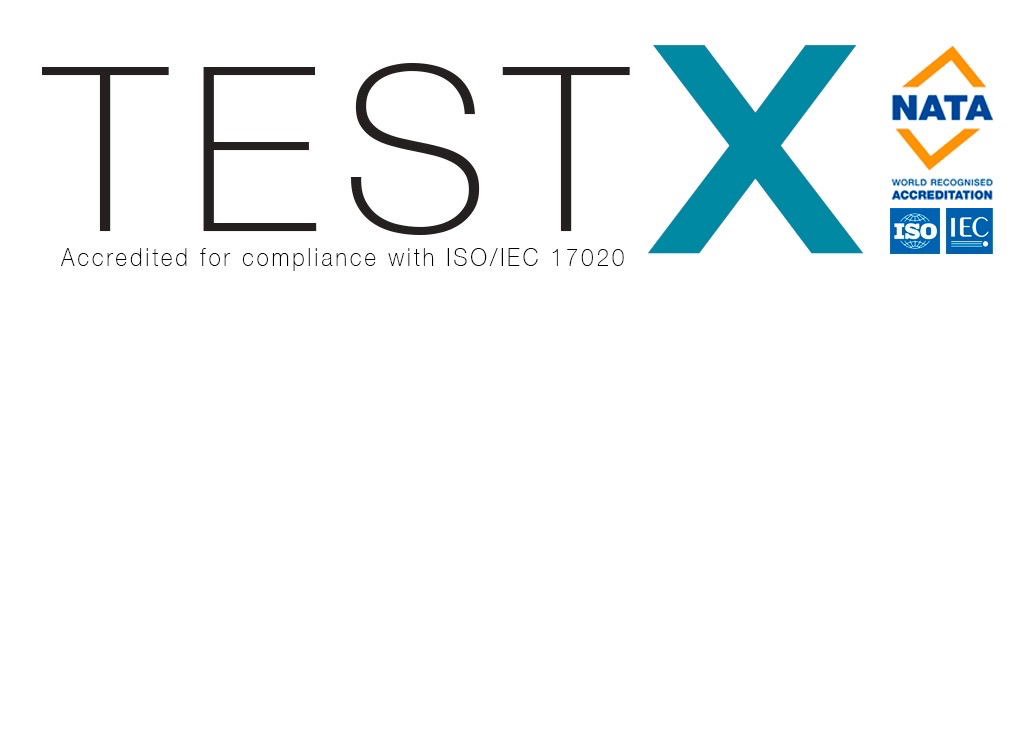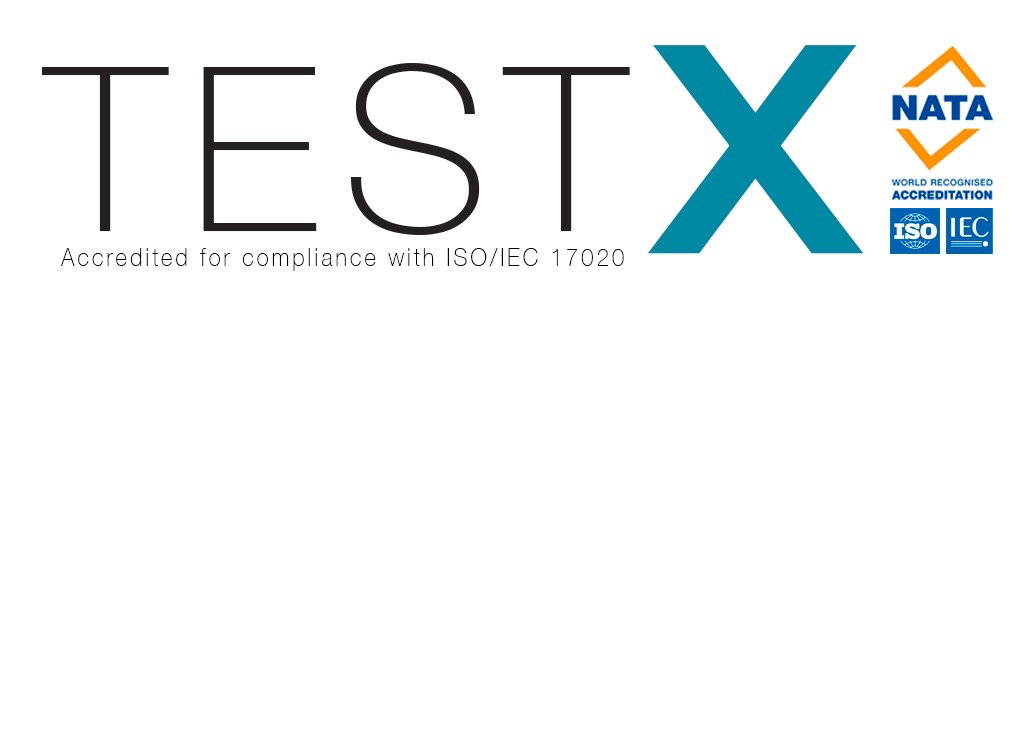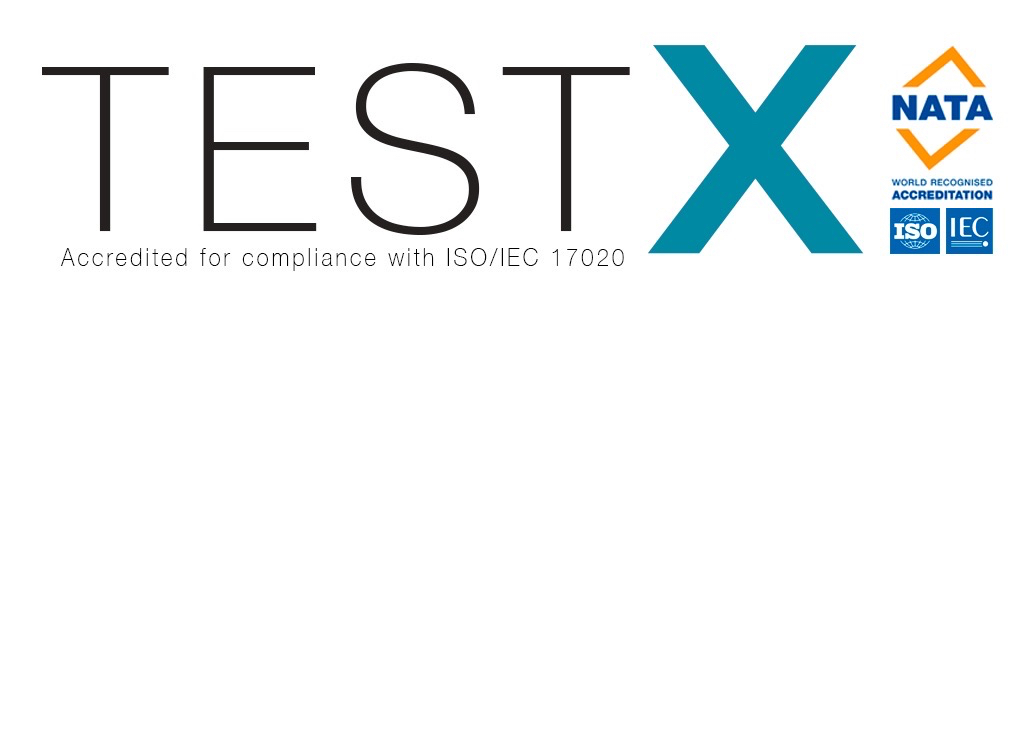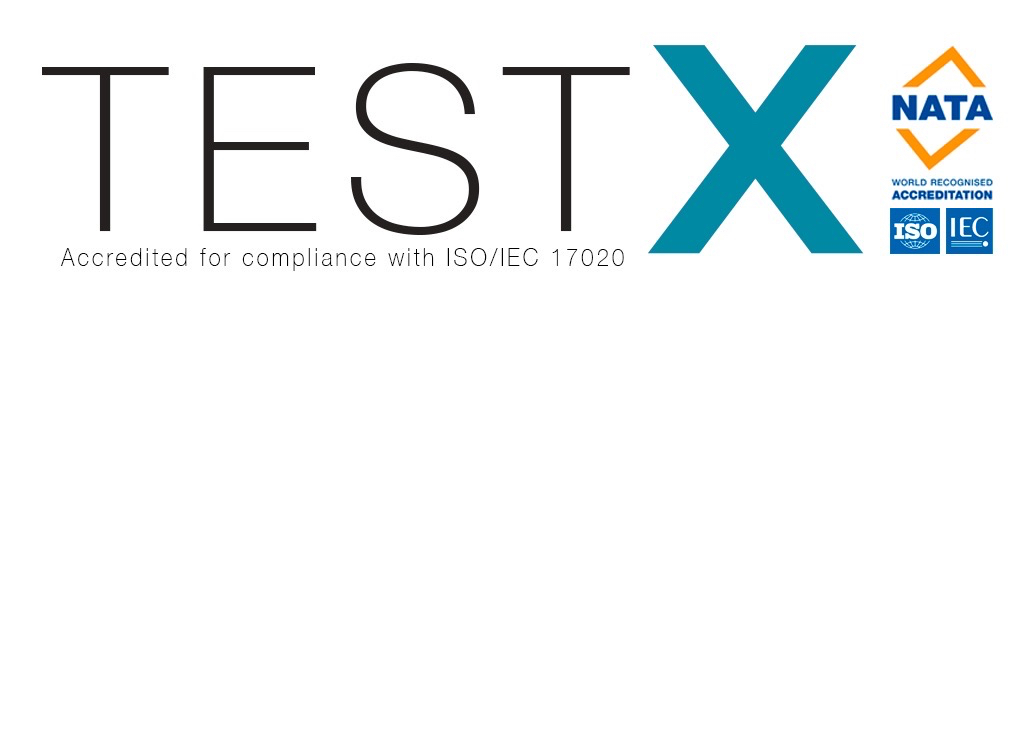Project Information
-
Document No.
-
Part No.
-
Revision No.
-
Client Name
-
Project Name
-
Inspection Started
-
Prepared by
-
Location
Test Details
-
Drawings Supplied
-
Drawing Number
-
Drawing Revision
-
Drawing Date
-
Drawing Approval RPEQ
-
Specifications Required
- SEQ Water Supply and Sewerage D&C Code
- Water Services Association
- Queensland Urban Utilities
- Gold Coast City Council
- Logan City Council
- Ipswich City Council
- Redland Shire Council
- Tweed Shire Council
- Ballina Shire Council
- Byron Shire Council
- Lismore City Council
- Project Specifications
-
Pipeline Construction Type
- Unplasticised PVC
- Vitrified Clay
- Glass Reinforced Plastic
- Polyethylene
- Reinforced Concrete
- Polycrete
- Polypropylene
- Ductile Iron Cement Lined
- Mild Steel Cement Lined
-
Test Method Northern Rivers Local Government Development Construction Specification, Clause C402.40.5
Pull ovality proving tool of nominated outside diameter through pipeline -
Pipelines to be Tested
Pipeline
-
Pipeline Identification Details
-
Pipeline Diameter
- 90mm diameter
- 100mm diameter
- 150mm diameter SN8
- 150mm diameter Class12
- 160mm diameter
- 225mm diameter SN8
- 225mm diameter Class 12
- 250mm diameter
- 300mm diameter
- 375mm diameter
- 450mm diameter
- 525mm diameter
- 600mm diameter
- 675mm diameter
- 750mm diameter
- 900mm diameter
- 1000mm diameter
- 1050mm diameter
- 1200mm diameter
- 1500mm diameter
- Other
-
Tool Size 99.7mm
-
Tool Size 142.6mm
-
Tool Size 222.9mm
-
Tool Size 280.8mm
-
No Deflection Testing Requirement under Specification
-
RESULT
-
No Deflection Testing Requirement under Specification
-
Pipeline Construction Type
- Unplasticised PVC
- Vitrified Clay
- Glass Reinforced Plastic
- Polyethylene
- Reinforced Concrete
- Polycrete
- Polypropylene
- Ductile Iron Cement Lined
- Mild Steel Cement Lined
-
Test Method Tweed Shire Council Development Construction Specification, Clause C402.40.5
Pull ovality proving tool of nominated outside diameter through pipeline -
Pipelines to be Tested
Pipeline
-
Pipeline Identification Details
-
Pipeline Diameter
- 90mm diameter
- 100mm diameter
- 150mm diameter SN8
- 150mm diameter Class12
- 160mm diameter
- 225mm diameter SN8
- 225mm diameter Class 12
- 250mm diameter
- 300mm diameter
- 375mm diameter
- 450mm diameter
- 525mm diameter
- 600mm diameter
- 675mm diameter
- 750mm diameter
- 900mm diameter
- 1000mm diameter
- 1050mm diameter
- 1200mm diameter
- 1500mm diameter
- Other
-
Tool Size 99.7mm
-
Tool Size 142.6mm
-
Tool Size 222.9mm
-
Tool Size 280.8mm
-
No Deflection Testing Requirement under Specification
-
RESULT
-
No Deflection Testing Requirement under Specification
-
Pipeline Construction Type
- Unplasticised PVC
- Vitrified Clay
- Glass Reinforced Plastic
- Polyethylene
- Reinforced Concrete
- Polycrete
- Polypropylene
- Ductile Iron Cement Lined
- Mild Steel Cement Lined
-
Test Method SEQ Code Amendment to WSA02-2002-2.3, Clause 22.6
Pull ovality proving tool of nominated outside diameter through pipeline -
Pipelines to be Tested
Pipeline
-
Pipeline Identification Details
-
Pipeline Diameter
- 90mm diameter
- 100mm diameter
- 150mm diameter SN8
- 150mm diameter Class12
- 160mm diameter
- 225mm diameter SN8
- 225mm diameter Class 12
- 250mm diameter
- 300mm diameter
- 375mm diameter
- 450mm diameter
- 525mm diameter
- 600mm diameter
- 675mm diameter
- 750mm diameter
- 900mm diameter
- 1000mm diameter
- 1050mm diameter
- 1200mm diameter
- 1500mm diameter
- Other
-
Tool Size 132.6mm
-
Tool Size 210.7mm
-
RESULT
-
Test Method SEQ Code Amendment to WSA02-2002-2.3, Clause 22.6
Pull ovality proving tool of nominated outside diameter through pipeline -
Pipelines to be Tested
Pipeline
-
Pipeline Identification Details
-
Pipeline Diameter
- 90mm diameter
- 100mm diameter
- 150mm diameter SN8
- 150mm diameter Class12
- 160mm diameter
- 225mm diameter SN8
- 225mm diameter Class 12
- 250mm diameter
- 300mm diameter
- 375mm diameter
- 450mm diameter
- 525mm diameter
- 600mm diameter
- 675mm diameter
- 750mm diameter
- 900mm diameter
- 1000mm diameter
- 1050mm diameter
- 1200mm diameter
- 1500mm diameter
- Other
-
Tool Size 95mm
-
Tool Size 140mm
-
Tool Size 132.6mm
-
Tool Size 220mm
-
Tool Size 210.7mm
-
Tool Size 278mm
-
Tool Size 354mm
-
RESULT
Test Procedure
Confirm Project Information
-
Pipelines to be inspected and their details
-
Testing specification requirements
Initial Work Area Inspection
-
Is test area barricaded off or sufficiently delineated?
-
Is traffic control established?
-
Has a Safe Work Method Statement been completed and all control measures followed?
-
Has a Confined Space Risk Assessment & Entry Permit been completed?
-
Is the confined space equipment and procedures set up as per the Risk Assessment & Entry Permit conditions followed?
-
Structure lids removed and placed at a safe distance from the entry point
-
Environmental controls installed as and if required
Inspection Steps
-
Equipment checked and in good working order
-
Feed fibreglass rod down pipeline from structure to structure
-
Attach leading end of approved ovality proving tool to the end of the rod at downstream structure
-
Attached rope to trailing end of ovality proving tool and securely tie off
-
Pull ovality proving tool back to upstream structure
-
Pass if ovality proving tool is able to be pulled through
Disassemble Steps
-
Disconnect rod and rope from ovality proving tool, withdraw rope and remove all equipment from structures
-
Replace structure lids, remove barricading and return all items to test unit
Final Demobilisation
-
Notify client of result and to contact TestX office to arrange further testing or reports
-
Calibrated ovality tool numbers used
-
Inspector's remarks
-
Photo of work area and inspected pipeline
-
I declare that the inspection procedure was followed in accordance with the nominated specifications
-
Inspection Completed
-
Report Issue Date
